Test your knowledge and learn more about LGBT+ artists and figures from pre-modern art history...

Which famous English painting has been adopted as a gay icon by the LGBT+ community?
Dan Vo explained in an article for Athena Art Foundation: "In the 18th century when Blue Boy was painted, some feared it was a step away from masculinity. David Garrick, a friend of Gainsborough's, suggested it had elements in common with the dandy or molly of Georgian London.
Many would follow who would draw attention to the queer properties of Blue Boy, with a long lineage of queer folk who have reworked the image in their vision over the years.
For example, the painting was subverted in the 1974 premiere issue of Blueboy, a gay men’s magazine, named after the painting."
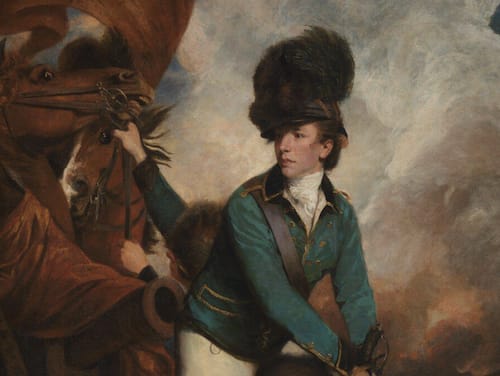

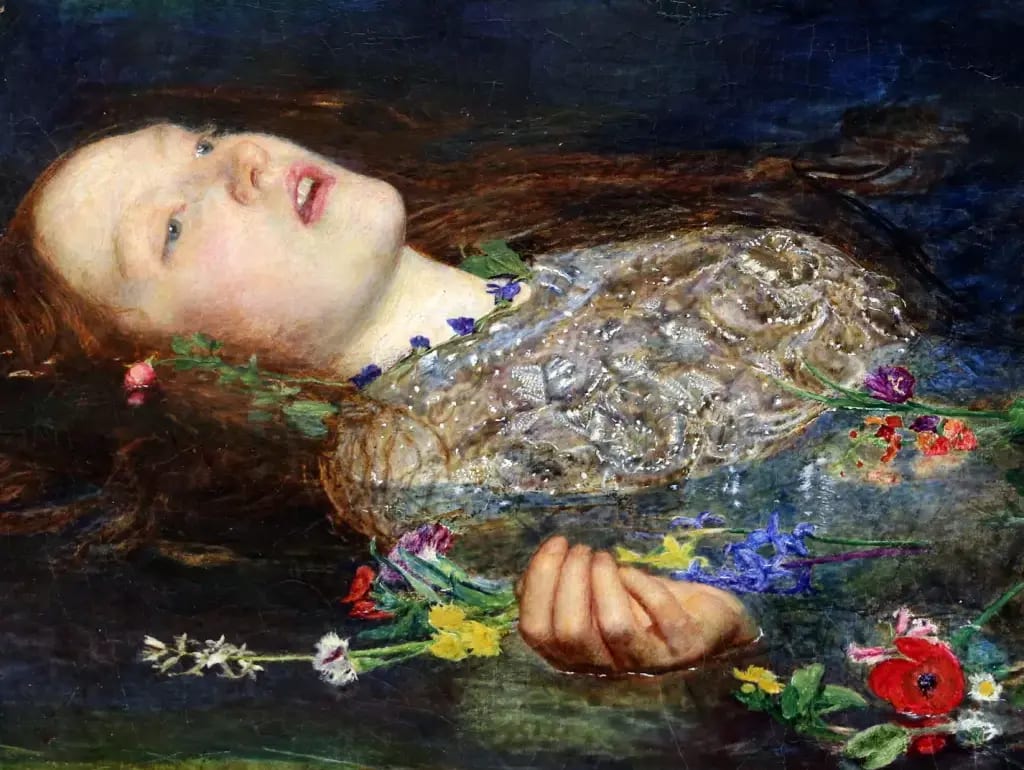
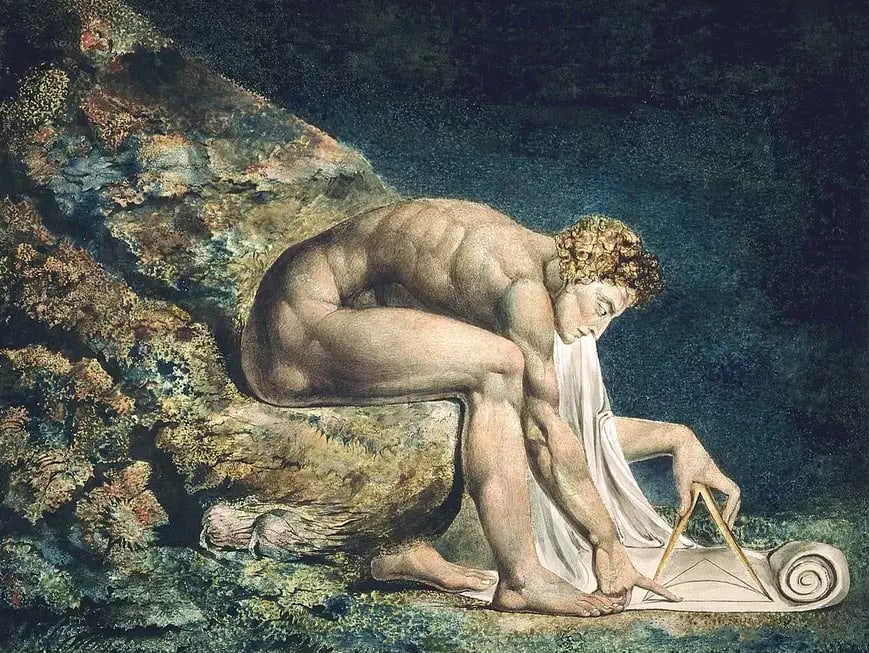
“As far as males go, I only like the bulls I paint”. Which 19th-century woman artist said this, in subtle reference to her homosexuality?
Rosa Bonheur (1822-1899) was the leading animal painter of the 19th century - even Queen Victoria admired her work. She lived unconventionally at the time; she wore her hair short, smoked, and lived for forty years with her partner, Natalie Micas (who was also a painter).
Alex Patterson, Assistant Curator Fine Art at National Museums Liverpool, explains:
"Bonheur is sometimes cited as ‘the first lesbian artist’. Today, Bonheur may have identified as a lesbian. Bonheur was also someone who defied gender conventions for the time and saw themselves as occupying a masculine role, so it is also possible that Bonheur may have understood themselves to be trans, non-binary, or genderqueer."
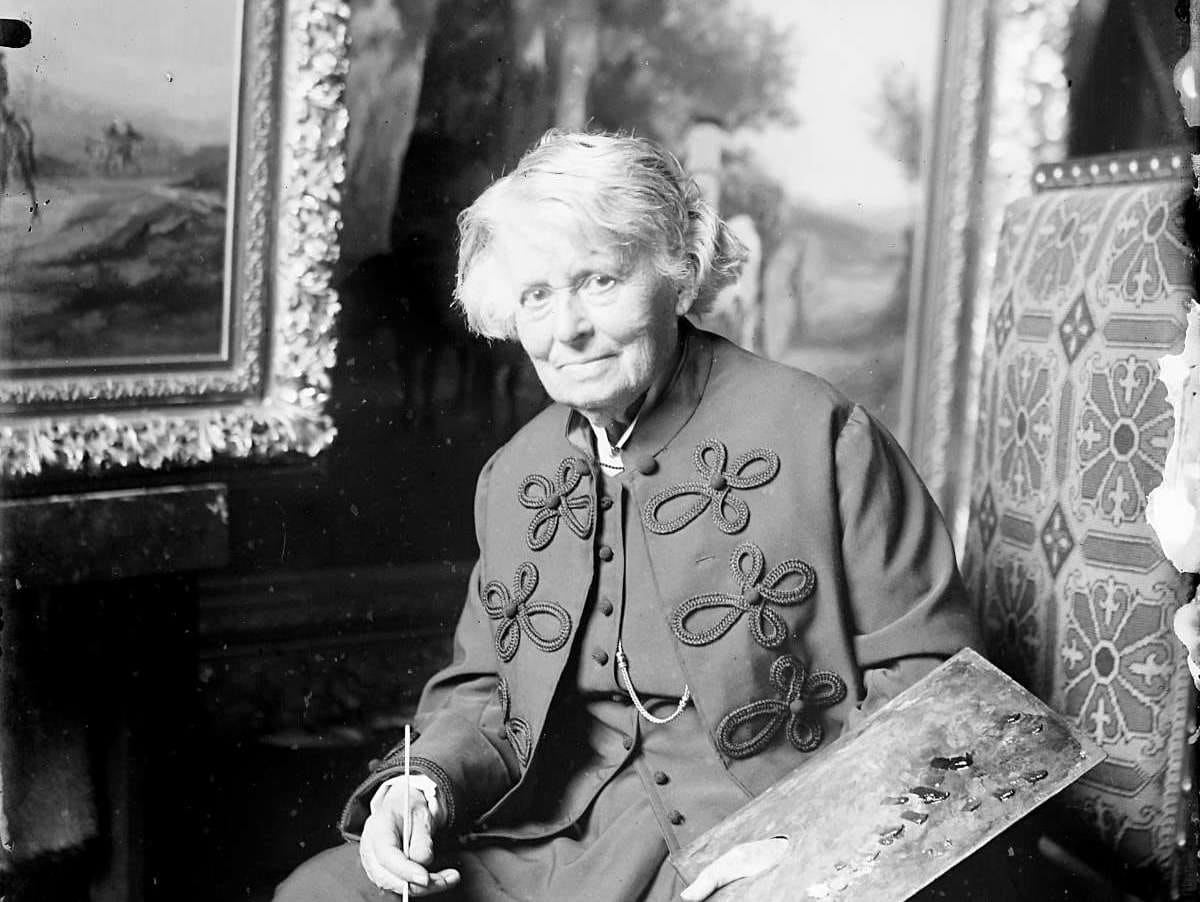
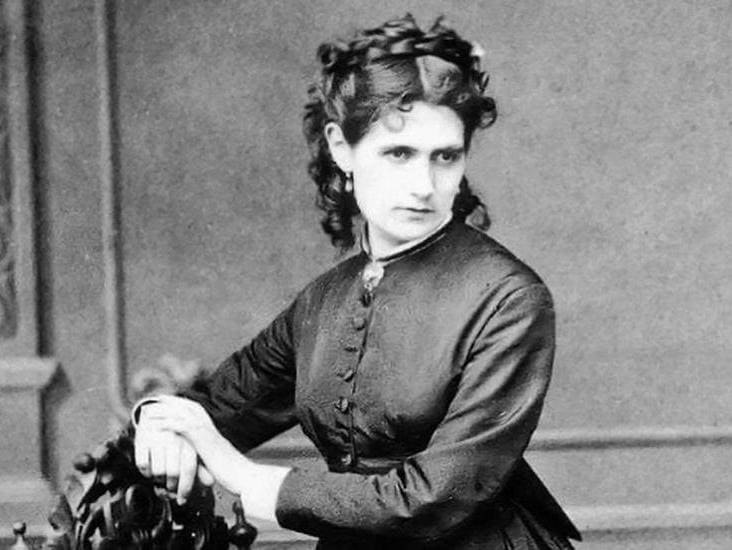
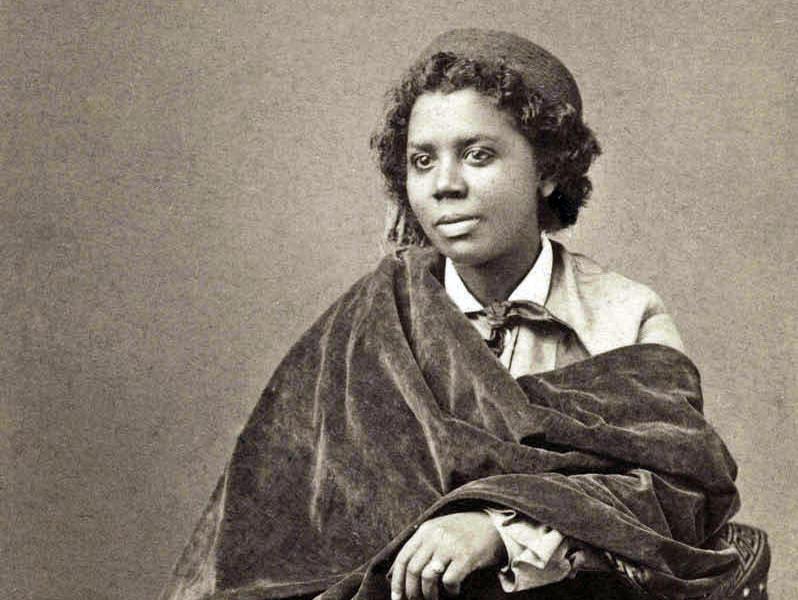

One of the earliest symbols of the LGBT community was the...
In Victorian England, the Green Carnation became a coded symbol for male homosexuality, popularised by Irish playwright, novelist and poet Oscar Wilde in the 1890s. Some have suggested that wearing an 'unnatural' green flower was a way of mocking the idea that love between two men was seen as unnatural at the time.
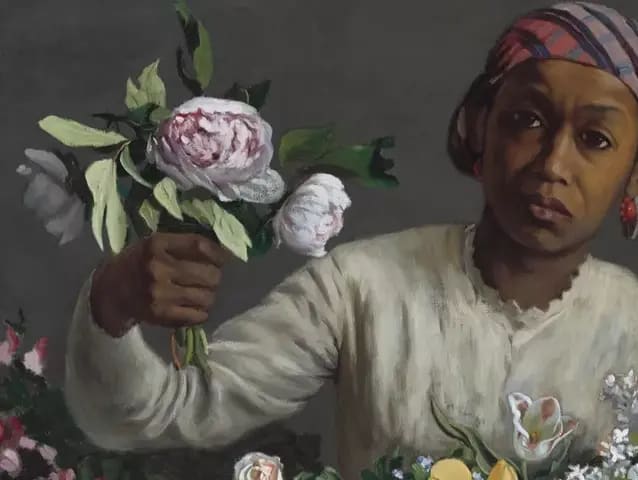
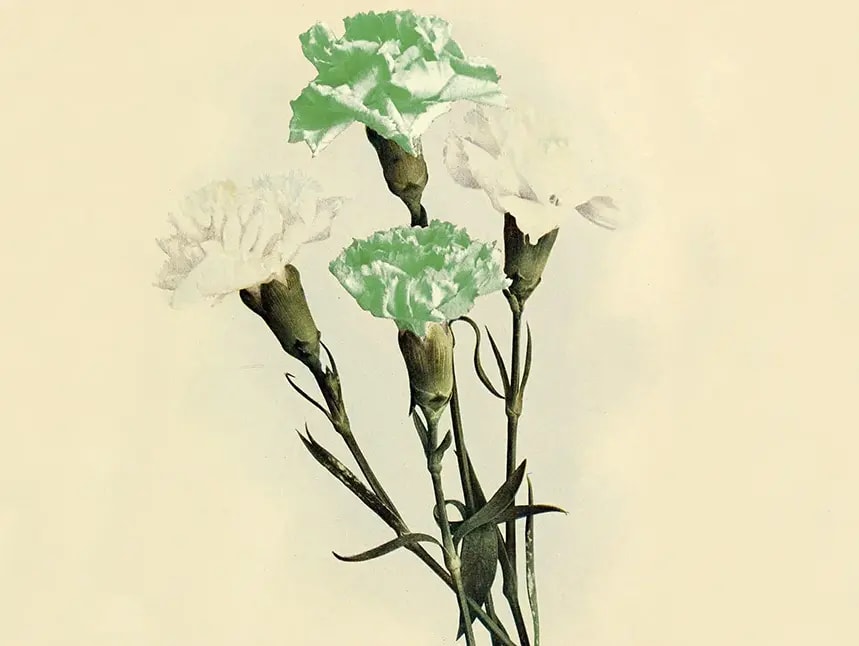
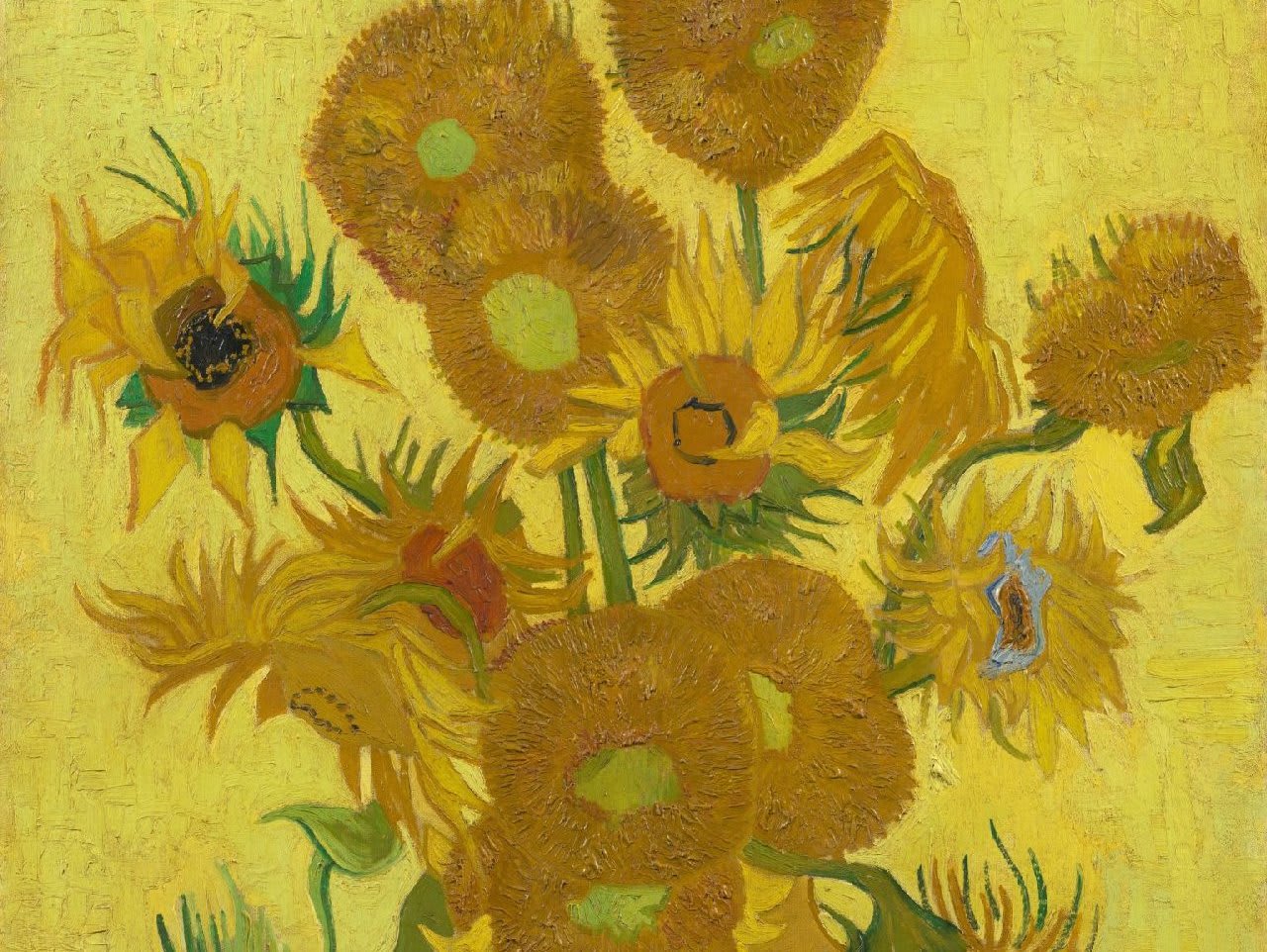
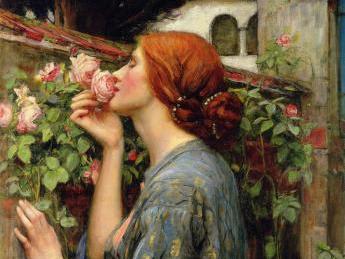
Who made this painting of two women kissing in 1892?
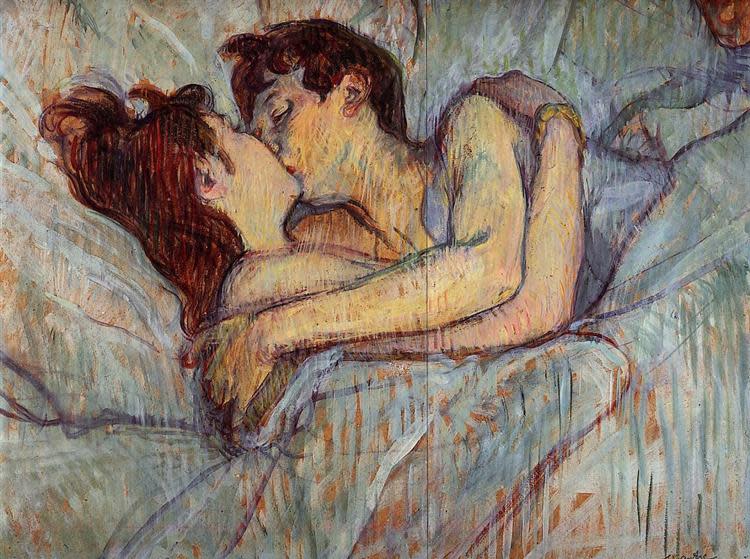
Although Toulouse-Lautrec was best known for his glamorous and often sordid depictions of Parisian nightlife in Moulin Rouge, here he presents a moment of tender, intimate connection between two women. The two sitters (who were probably sex workers in a brothel) embrace and share a kiss in bed, seemingly oblivious to the painter next to them. Of course, some might argue that the painter (and also viewers) becomes a voyeur who intrudes on this intimate scene.
Ngola Nzinga Mbandi was the 17th-century leader of which African country?
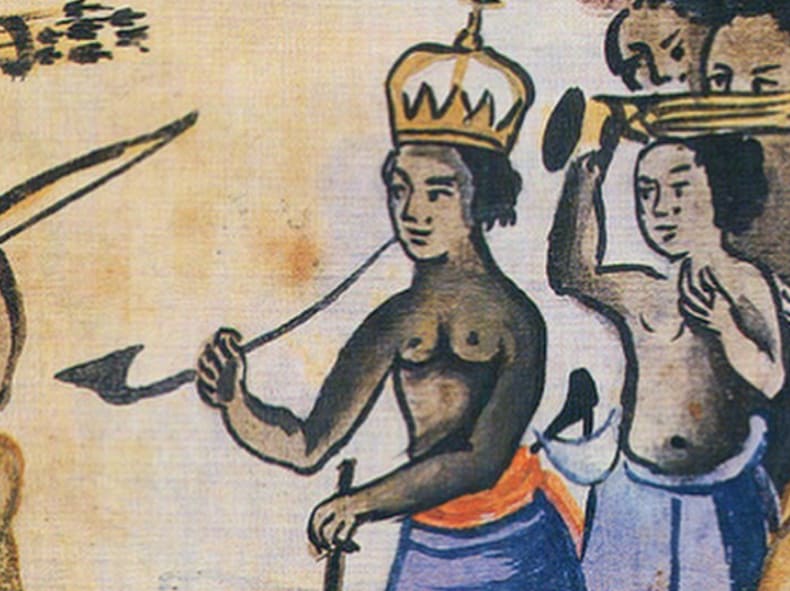
Ngola Nzinga Mbandi was born in the early 1580s to the ruling family of the Kingdom of Ndongo (modern-day Angola). After her brother’s death in 1626, she became leader. Despite being deposed by Portuguese colonists, Njinga Mbandi fought for the independence of her kingdom over the course of her 37 year reign. She used her political skills and military strategy to gain alliances and to resist the expansion of the slave trade (she offered refuge to people who escaped enslavement). Njinga Mbandi ultimately transformed her Kingdom into a commercial state to rival Portuguese colonies.
Njinga Mbandi used the honorific Ngola, which can be translated to mean king, and dressed in traditionally male clothing. Her relationships with people of all genders have been subject to much speculation, including having a large number of ‘chibados’ in her court - a group of gender non-conforming people who dressed outside defined gender roles and had relationships which were viewed as homosexual by colonial eyes.
Which queer icon is depicted here by Pre-Raphaelite artist Simeon Solomon?
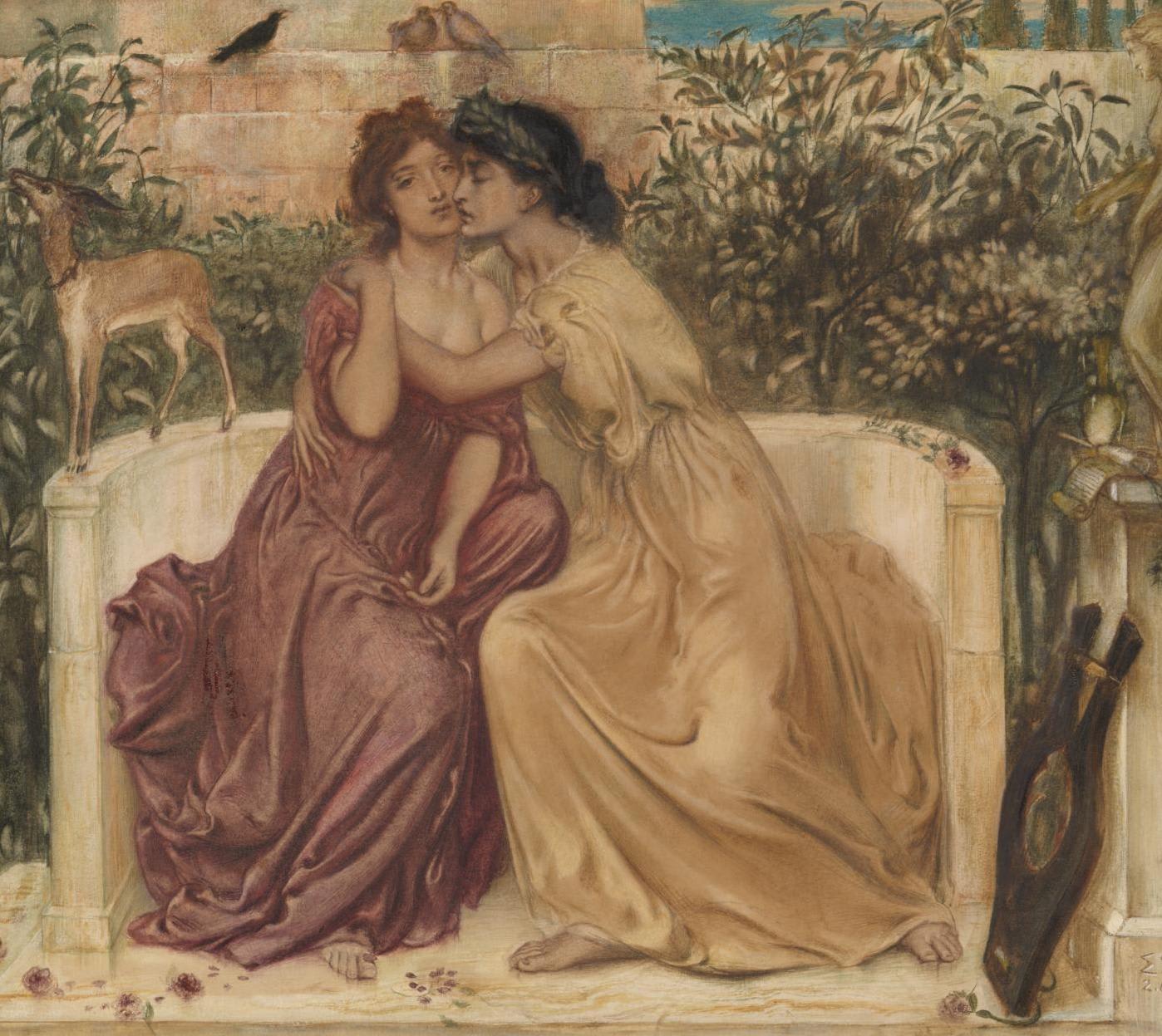
This painting depicts Sappho embracing her fellow poet Erinna in a garden at Mytilene on the island of Lesbos.
In 1873 and 1874, Simeon Solomon was arrested for his relationships with men and, as a result, fell from his position of the ‘darling of the Pre Raphaelites’ into poverty, loneliness and alcoholism.
Which Italian painter is NOT considered to be homosexual or bisexual?
Apart from Raphael, historians have suggested that Leonardo Da Vinci, Caravaggio and Michelangelo were not heterosexual.
On Michelangelo, Professor James Slaslow explains: "There are 60 poems out of 300 that are addressed to a man. It's the first significant modern corpus of love poetry from one man to another... It's true: Michelangelo didn't think of himself as a homosexual, mainly because he didn't have sex. Looking backward from our vantage point, though, he was a homosexual in the sense of someone whose primary physical and emotional desires were directed at somebody of the same sex."
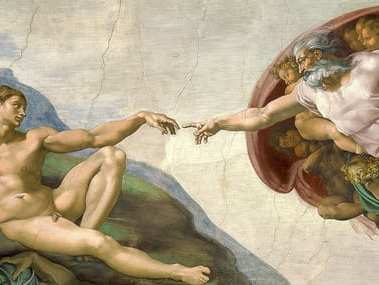
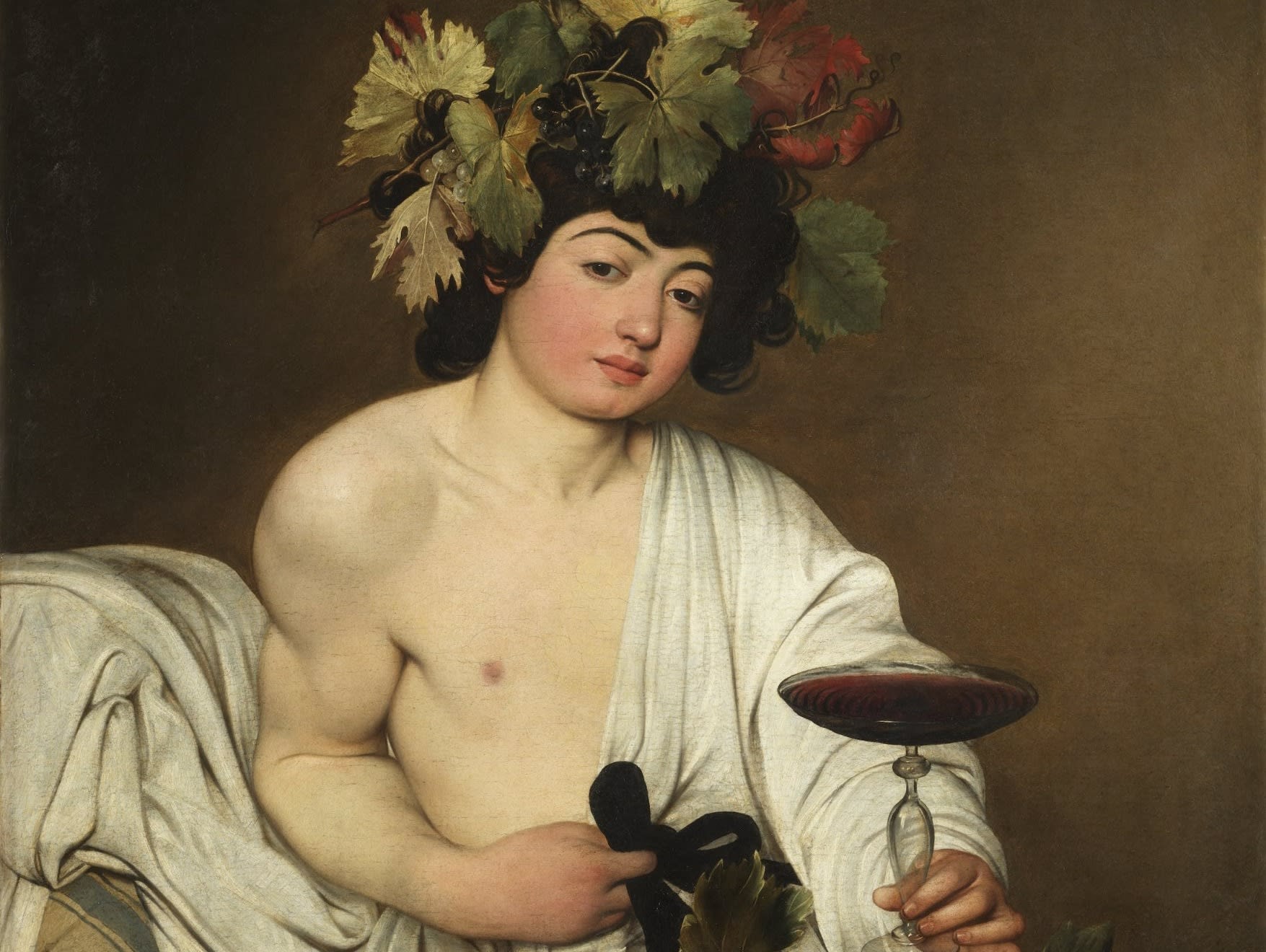
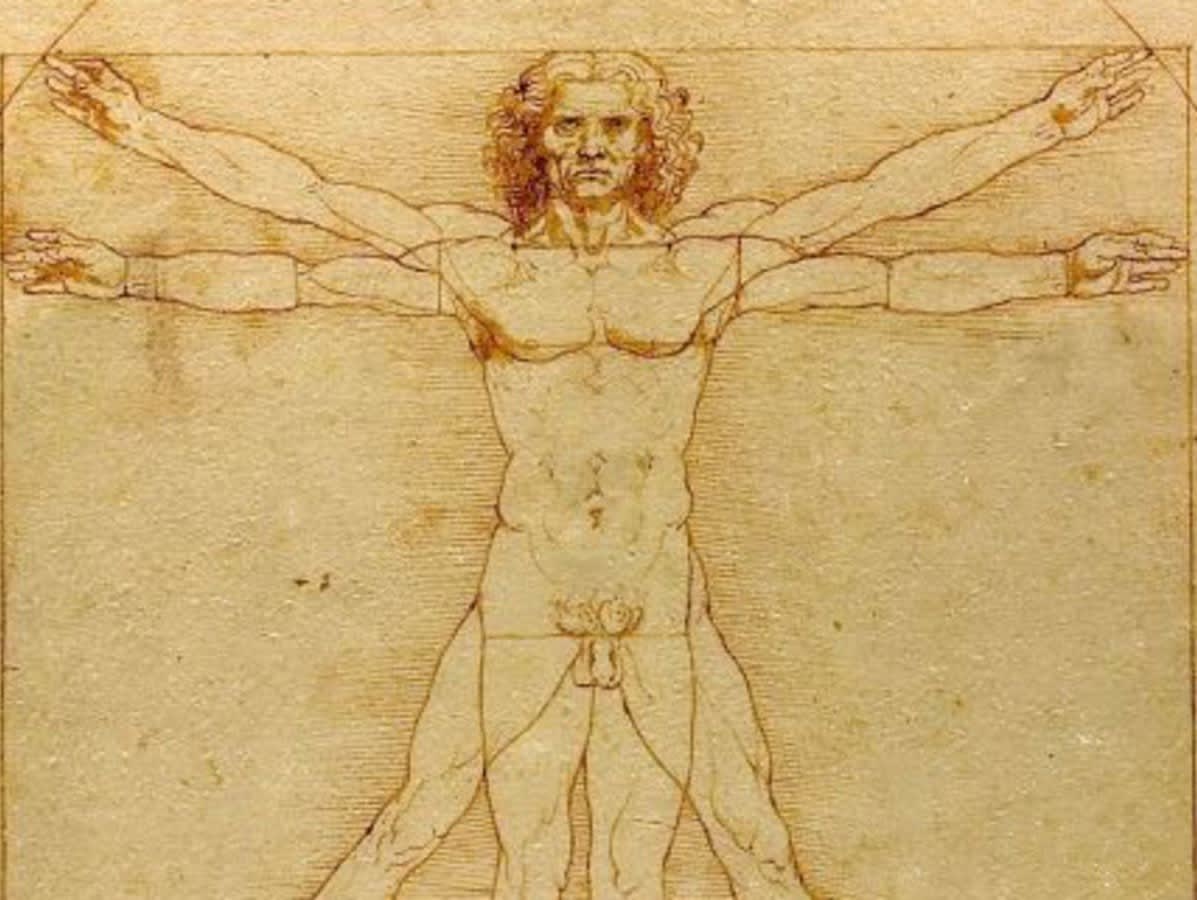

Which famous pre-modern painting inspired this artwork by contemporary artist Mickalene Thomas?
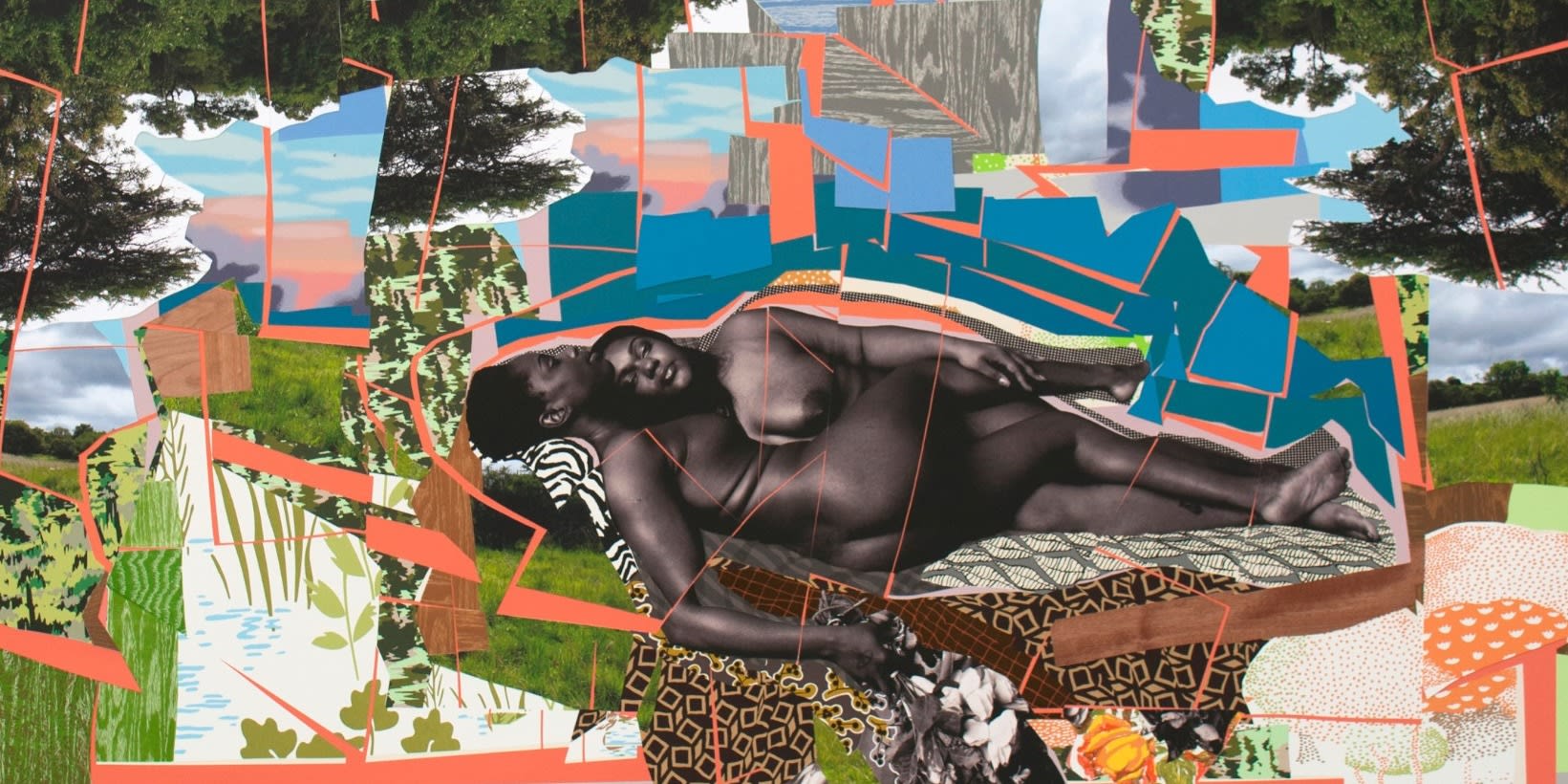
Mikaelene Thomas' 2013 piece is called 'Sleep: Deux Femmes Noires' (in English, Sleep: Two Black Women). Art Basel's catalogue explains: "Sleep, both in title and subject, directly references Gustave Courbet’s erotic painting Le Sommeil from 1866, but transports the interior scene of reclining nudes to a disparate collaged landscape of bright color and pattern... Thomas deftly weaves themes of black female beauty, power, and sexuality into classical genres of portraiture and landscape, creating works of stunning originality and strength."

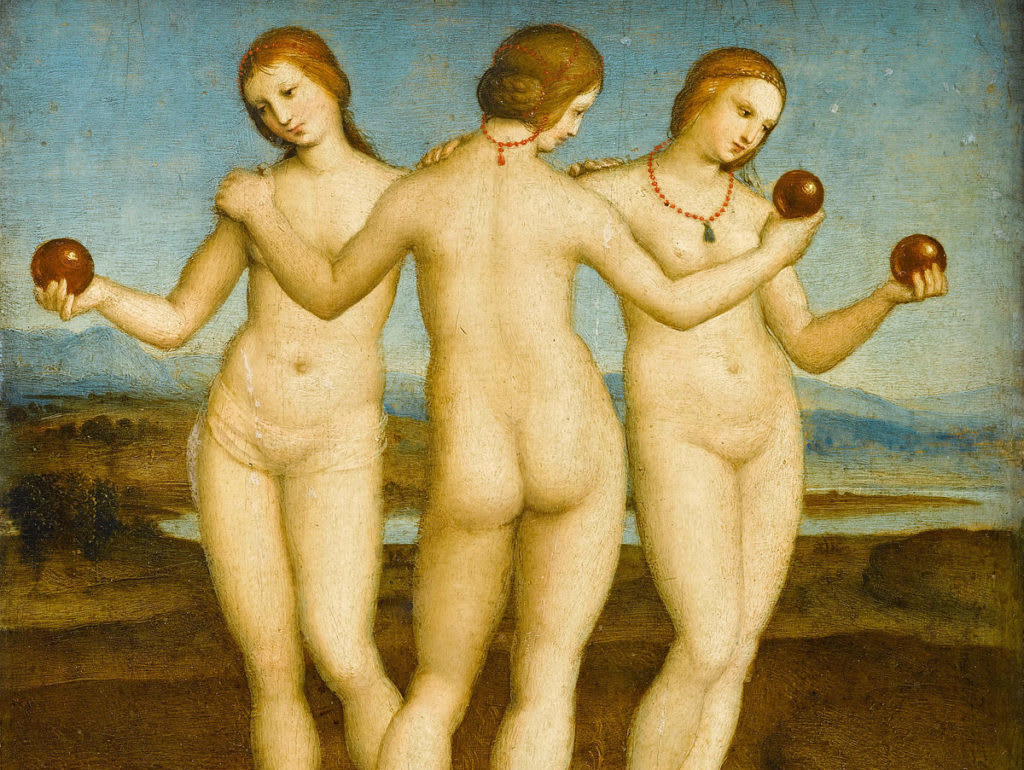
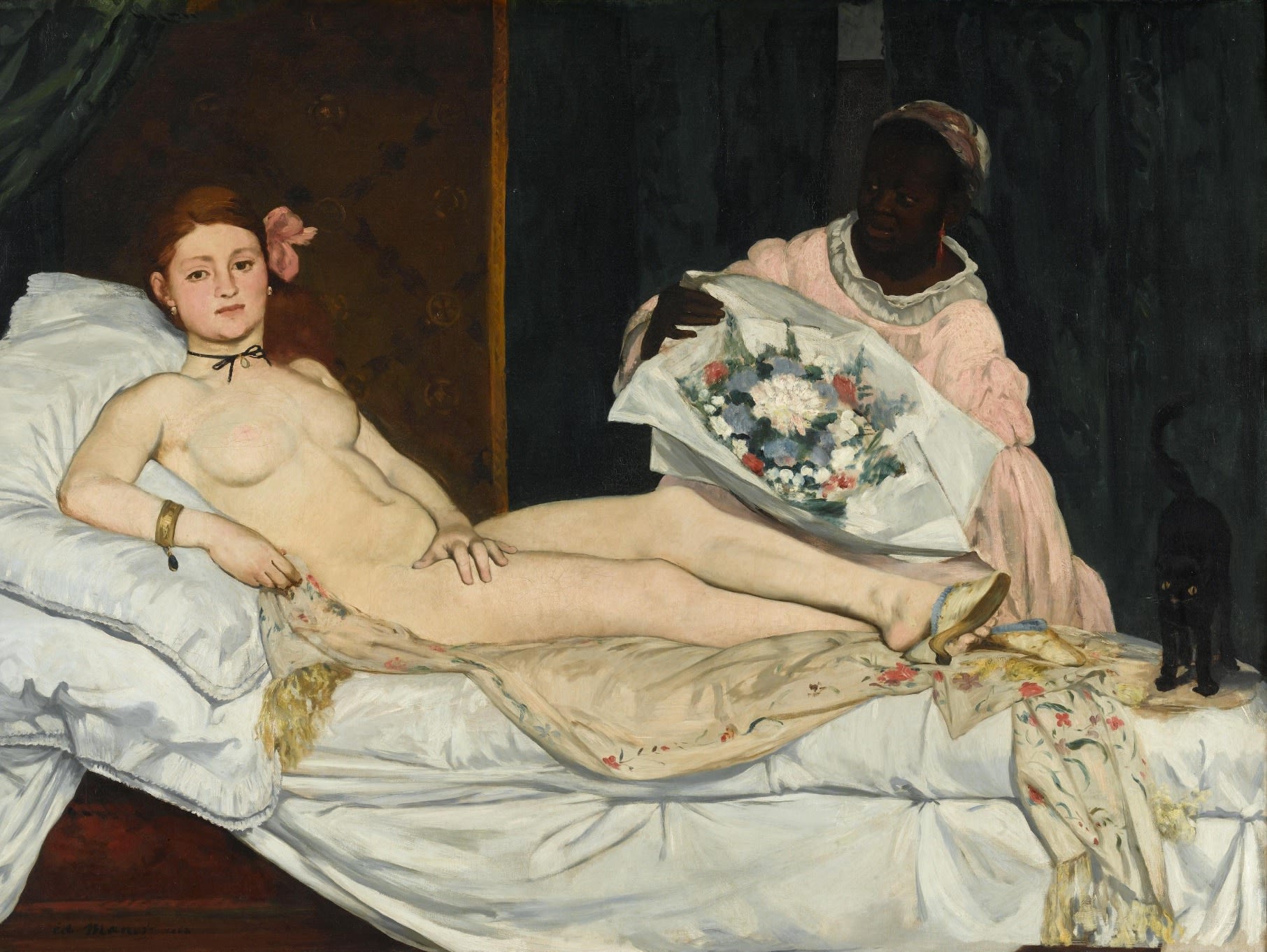
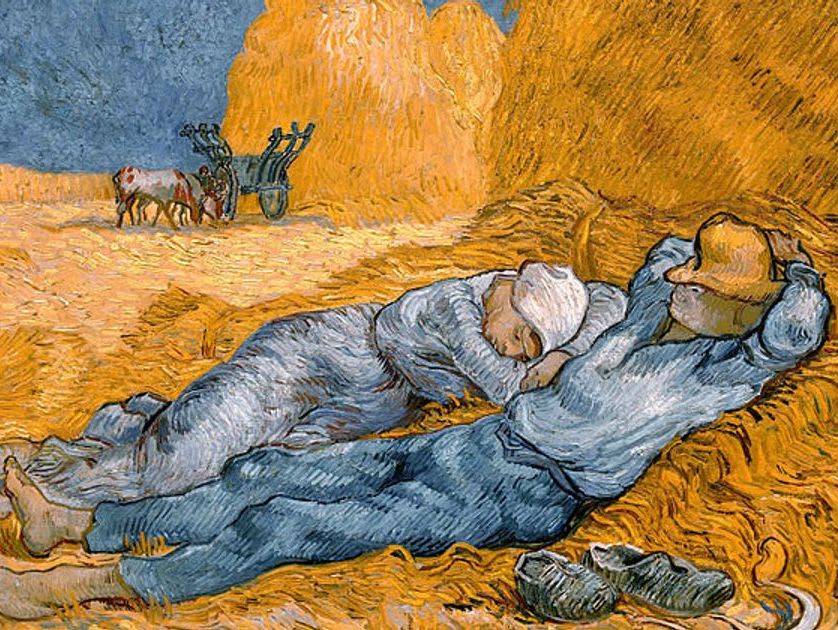
This is Chevalier d'Éon, who lived both as a man and woman at different periods of their life. Where is this portrait housed?
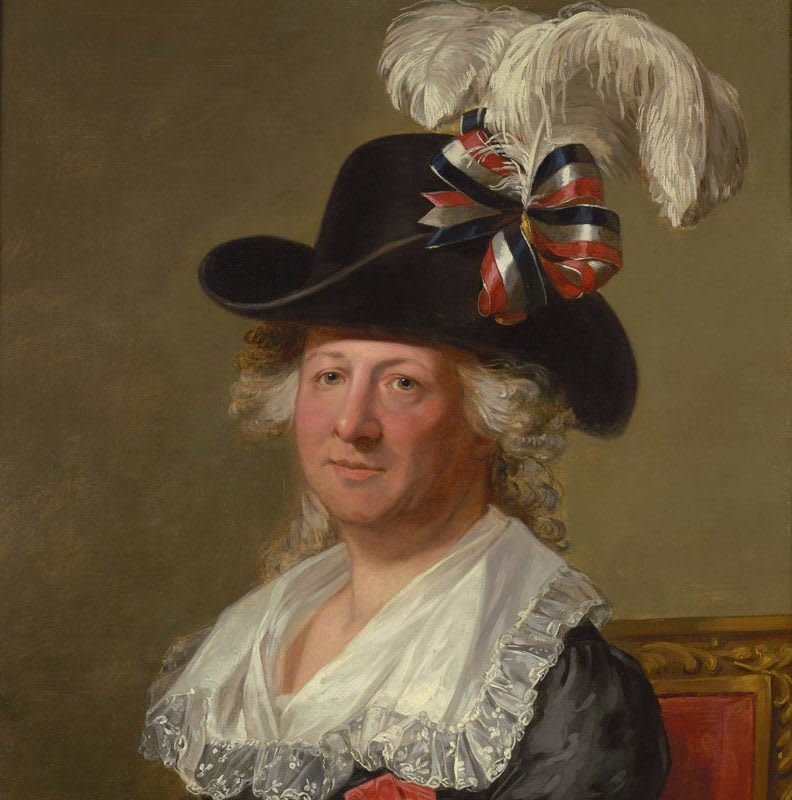
Chevalière d'Éon was a French diplomat, spy and soldier, who fought in the Seven Years' War and spied for France while in Russia and England. D'Éon appeared publicly as a man and pursued 'masculine' occupations for 49 years; then, after 1777, D'Éon lived as a woman.
Where did Henry Scott Tuke make this painting?
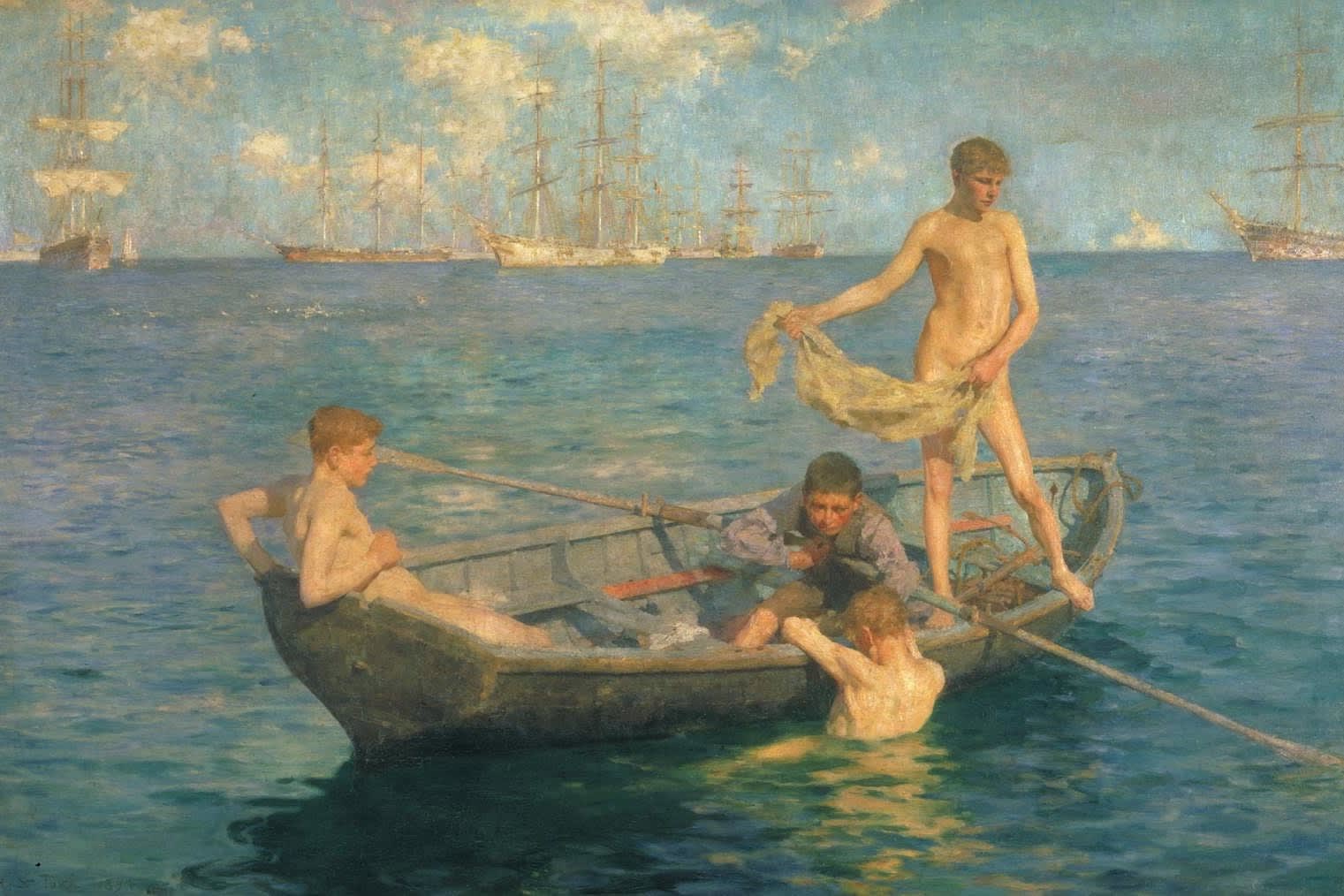
This painting 'August Blue' was made by British artist Henry Scott Tuke, probably started en plein air on a boat in the harbour at Falmouth, Cornwall, in South West England.
Flora Doble (of Art UK) explains: "A British painter best known for his intimate and sensual paintings of the male nude, Tuke's art fell from fashion in the years before his death. In the 1970s, his work returned to the limelight after he became an icon among the LGBTQ+ community and a new generation of openly gay artists."